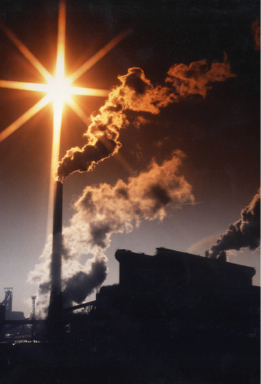During 2010, many countries submitted their existing
plans for controlling greenhouse gas emissions to
the Climate Change Secretariat and these proposals
have now been formally acknowledged under the
Climate Change Convention. Industrial countries
presented their plans in the shape of economy-wide
targets to reduce emissions, mainly up to 2020, while
developing nations proposed ways to limit their growth
of emissions in the shape of plans of action.
Further mitigation commitments by Parties to the Kyoto Protocol beyond 2012 are still under consideration. The Protocol also includes an inter-linked set of ways and means to help developing countries build clean and sustainable economies with investment from industrialized countries, at the same time helping industrialized countries meet targets to cut emissions in an environmentally sound way.
The Kyoto Protocol’s Clean Development Mechanism (CDM) was strengthened to drive major investments and technology into environmentally sound and sustainable emission reduction projects, especially to those areas of the developing world which have not yet benefited as much as they could. This will be done by means of a loan scheme to encourage clean development mechanism project activities in countries that have fewer than 10 such activities registered.
Governments agreed to allow carbon capture and storage projects in the CDM, provided that a range of technical issues and safety requirements are resolved and fulfilled. To this end, further technical work will be carried out in 2011 in order to resolve these issues and with the aim of having a final decision in Durban.
Governments agreed that in a second commitment period, the Kyoto Protocol’s emissions trading and project-based mechanisms, which encourage clean technology investment from industrialized countries into developing countries, are to continue to be available to developed countries as an additional means of meeting their own emission reduction targets.
The agreement reached in Cancun on land use, land-use change and forestry (LULUCF) called for the submission of reference levels for forest management. The Kyoto negotiations have been looking at how countries include forest management in their greenhouse gas (GHG) accounts. Forests naturally absorb carbon dioxide, so when including forest management, reference levels or other options need to be negotiated so that countries don’t get credited for removals that naturally occur anyway.
The reporting and subsequent technical assessment of these reference levels is an important step that paves the way for a decision in Durban to regulate GHG emissions and removals of forest-related activities on the basis of a scientifically sound approach and an internationally assessed set of data.
